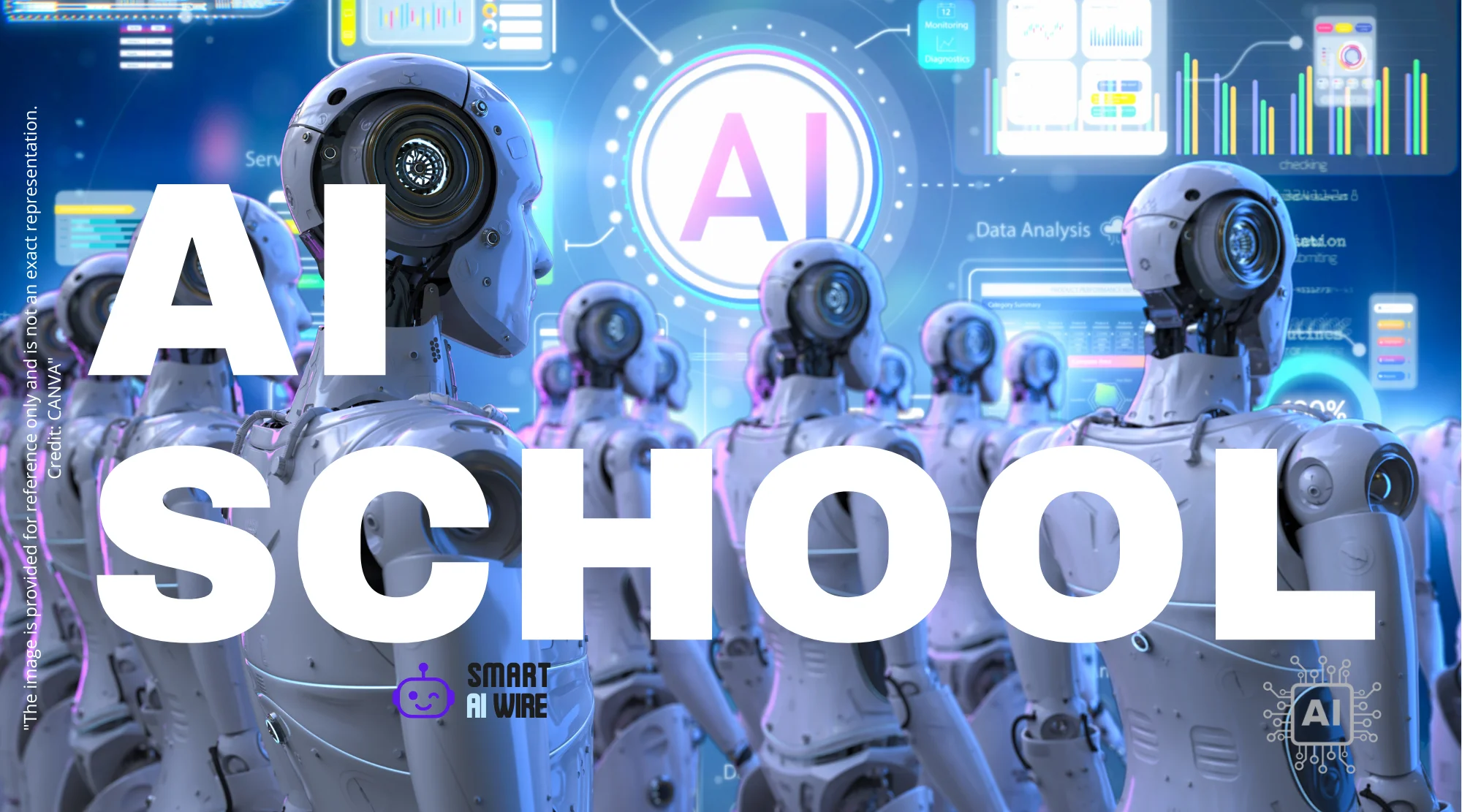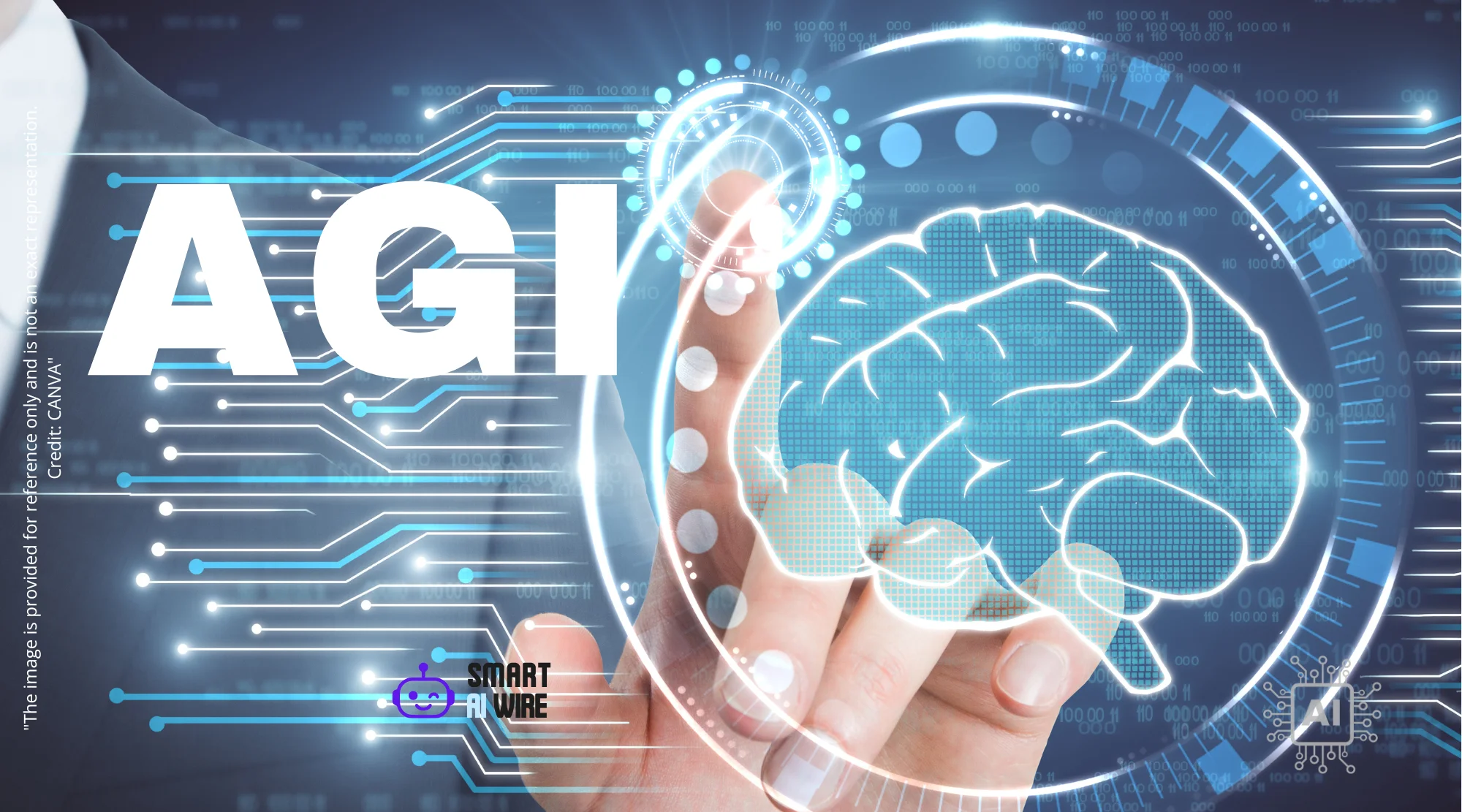AI is rapidly transforming how software is developed. Businesses are eager to leverage AI-assisted coding to accelerate development cycles, boost developer productivity, and ultimately gain a competitive edge. But with so many tools and platforms emerging, how can you effectively deploy your own AI coding platform? This article will explore the key considerations, providing actionable strategies for integrating AI into your software development workflow. We’ll discuss deployment methods, essential features, and the importance of oversight to ensure responsible and efficient AI adoption.
Deploying Your Own AI Coding Platform: A Comprehensive Guide
The promise of AI in software development is compelling. Imagine generating code snippets, automating repetitive tasks, and even identifying potential bugs with the help of artificial intelligence. The reality is within reach, but successful implementation requires careful planning and execution. This guide provides a roadmap for businesses looking to harness the power of AI-assisted coding within their own environments. Let’s dive into the practical steps involved in deploying your own AI coding platform.
Understanding the AI-Assisted Coding Landscape
Before deploying an AI coding platform, it’s crucial to understand the various options available. These range from cloud-based services to on-premise solutions and even open-source tools. Cloud-based platforms offer ease of use and scalability, while on-premise solutions provide greater control and data security. Open-source options allow for customization and community support, but often require more technical expertise.
Factors to consider when choosing a platform include:
- Integration Capabilities: How well does the platform integrate with your existing development tools and workflows?
- Programming Languages Supported: Does the platform support the languages your team uses most frequently?
- Security and Compliance: Does the platform meet your organization’s security and compliance requirements?
- Cost: What is the total cost of ownership, including subscription fees, infrastructure costs, and training?
- Customization: How easy is it to customize the platform to meet your specific needs?

Methods for Deploying Your AI Coding Platform
Several methods exist for deploying an AI coding platform, each with its own advantages and disadvantages. Here are a few common approaches:
- SaaS (Software as a Service): This involves subscribing to a cloud-based platform and accessing it through a web browser or API. SaaS solutions are typically easy to set up and require minimal maintenance.
- PaaS (Platform as a Service): This provides a development environment in the cloud, allowing you to build, test, and deploy AI-powered applications without managing the underlying infrastructure.
- On-Premise Deployment: This involves installing the AI coding platform on your own servers. This approach offers greater control but requires significant IT resources and expertise.
- Hybrid Approach: This combines elements of cloud-based and on-premise deployment, allowing you to leverage the benefits of both.
Choosing the right deployment method depends on your organization’s specific needs and resources. A smaller company with limited IT infrastructure might opt for a SaaS solution, while a larger enterprise with strict security requirements might prefer an on-premise deployment.
Essential Features of an Effective AI Coding Platform
A successful AI coding platform should offer a range of features designed to enhance developer productivity and code quality. Some key features to look for include:
- Code Completion: Suggesting code snippets and automatically completing code statements as you type.
- Code Generation: Generating entire code blocks based on natural language descriptions or specifications.
- Code Review: Identifying potential bugs, security vulnerabilities, and style violations in your code.
- Code Refactoring: Automatically improving the structure and readability of your code.
- Unit Test Generation: Creating unit tests to ensure the quality and reliability of your code.
- Natural Language to Code: Translating natural language descriptions into executable code.
- Code Explanation: Providing explanations of existing code to help developers understand its functionality.
These features can significantly accelerate the development process, reduce errors, and improve code maintainability. Consider how these features align with your team’s needs and coding practices.
Integrating AI into Your Software Development Workflow
Integrating an AI coding platform into your existing workflow requires careful planning and execution. It’s important to introduce AI tools gradually and provide adequate training to your development team. Here are some best practices for successful integration:
- Start Small: Begin with a pilot project to test the AI coding platform and gather feedback from developers.
- Provide Training: Ensure your team receives adequate training on how to use the AI tools effectively. See related article: Become a Prompt Engineer: Skills, Tools & Learning Path
- Set Clear Expectations: Communicate the goals and benefits of using AI to your team.
- Monitor Performance: Track key metrics such as code quality, development speed, and developer satisfaction.
- Iterate and Improve: Continuously refine your workflow based on feedback and performance data.
The key is to view AI as a tool to augment, rather than replace, human developers. The most effective AI coding platforms empower developers to write better code faster, but human oversight and critical thinking remain essential.
The Importance of Oversight and Ethical Considerations
While AI-assisted coding offers numerous benefits, it’s important to address the potential risks and ethical considerations. Code generated by AI may contain biases, errors, or security vulnerabilities. Therefore, it’s crucial to implement robust oversight mechanisms to ensure responsible and ethical AI use.
- Human Review: Always have human developers review AI-generated code before it’s deployed.
- Bias Detection: Implement tools to detect and mitigate biases in AI-generated code.
- Security Audits: Conduct regular security audits to identify and address potential vulnerabilities.
- Data Privacy: Ensure that AI models are trained on data that respects user privacy and complies with relevant regulations.
- Transparency: Understand how AI models make decisions and be able to explain their behavior.
By prioritizing ethical considerations and implementing appropriate oversight mechanisms, you can minimize the risks associated with AI-assisted coding and ensure that it’s used in a responsible and beneficial manner. See related article: Generative AI’s Future: World Models, Ethics, and Beyond
Real-World Examples of AI Coding Platforms in Action
Several companies have already successfully deployed AI coding platforms and are reaping the benefits. For example, Klarna’s CEO recently experimented with using AI to draft code, demonstrating the potential for even non-technical individuals to contribute to the development process. [External Link to India Today article on Klarna CEO]. This highlights how AI can democratize coding and make it more accessible to a wider range of people. Cloudflare also offers solutions for deploying AI applications quickly and easily [External Link to Cloudflare Blog]. These examples illustrate the growing momentum behind AI-assisted coding and its potential to transform the software development landscape.
The Future of AI-Assisted Coding
The field of AI-assisted coding is rapidly evolving, with new tools and techniques emerging all the time. In the future, we can expect to see even more sophisticated AI models that can generate more complex code, automate more tasks, and provide more insightful feedback. AI may become instrumental in identifying and mitigating risks, as described in the article: AI Designed Viruses: Biotech Revolution or Biosafety Risk? The rise of AI agents, as mentioned in Microsoft AI Agents: Revolutionizing Team Collaboration and Productivity, will further streamline development workflows. As AI models become more powerful, the role of human developers will shift from writing code to designing systems, defining requirements, and ensuring ethical considerations are addressed. This collaborative approach, where humans and AI work together, will unlock new levels of innovation and productivity in the software development industry. See related article: AI for Project Managers: Revolutionizing Project Management in 2025.
The key is to stay informed about the latest advancements in AI and to experiment with new tools and techniques. By embracing AI-assisted coding, businesses can gain a competitive edge, accelerate innovation, and create more valuable software products.
Conclusion: Embracing the AI-Powered Future of Software Development
Deploying your own AI coding platform is no longer a futuristic dream; it’s a practical reality that can transform your software development processes. By understanding the landscape, choosing the right tools, integrating AI into your workflow, and prioritizing ethical considerations, you can unlock the full potential of AI-assisted coding. The future of software development is here, and it’s powered by AI. The companies that embrace this technology will be the ones that thrive in the years to come.




One thought on “Deploy Your AI Coding Platform: A Comprehensive Guide”